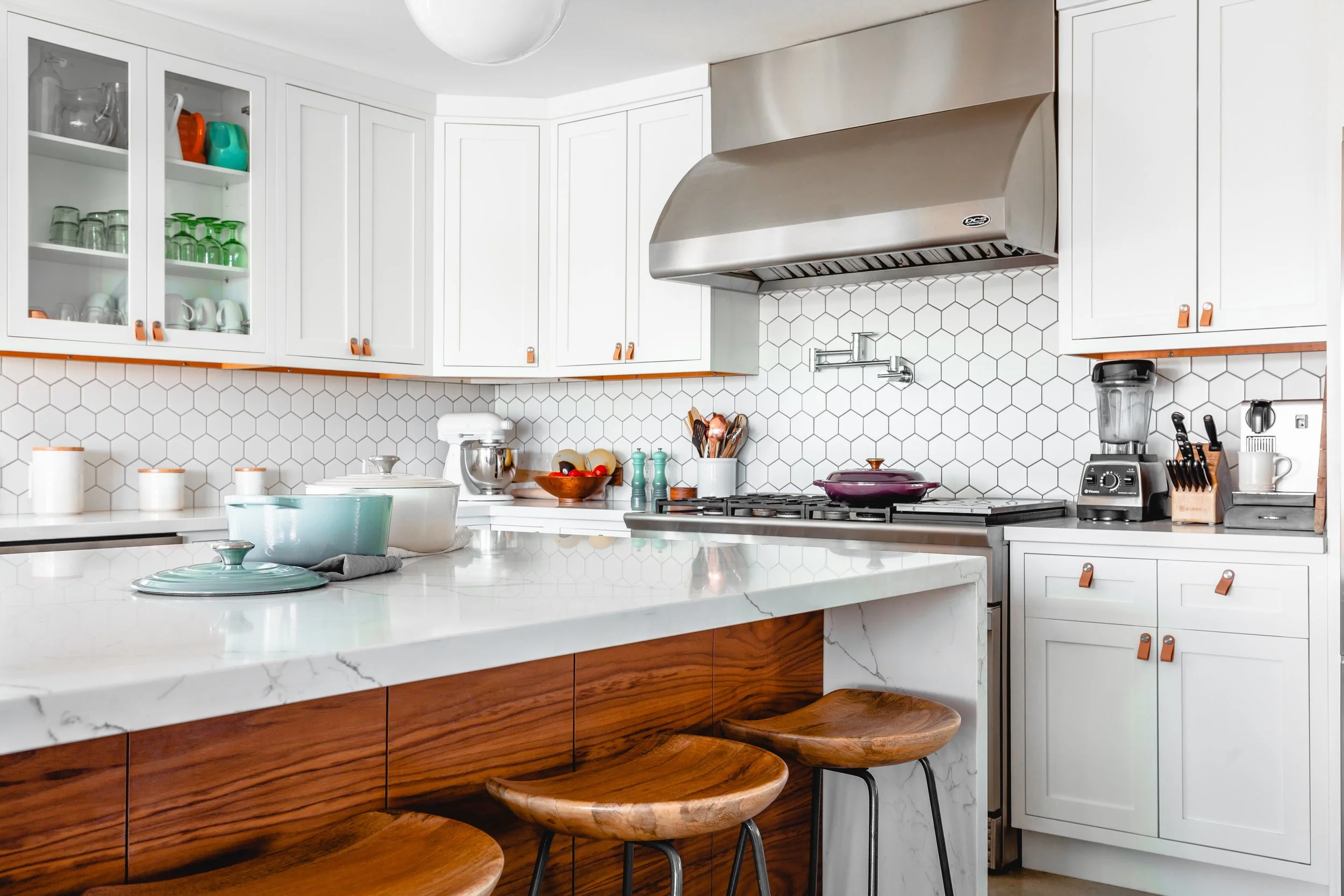But there is a glimmer of hope as we look at the rest of the year.
The National Association of Realtors reported that existing home sales for March came in as a miss of estimate at 5.77 million. However, the real story of 2022 is that the savagely unhealthy housing market continues as inventory is still lower than last year, sending home prices growth into double digits again. However, hope for a balanced market is real this year because, with higher rates, we should see more days on the market coming up and growth in the inventory data.
The 5.77 million sales print on Wednesday is in line with my 2022 forecast sales range between 5.74 million and 6.16 million. Last year I discussed sales levels coming back down to 5.84 million, and I am looking for more of the same in 2022, at the 5.74 million level. Like last year, I was anticipating a few prints under 5.84 million. We only got one, and the same with this year under 5.74 million.
However, unlike the previous year, we have a material change in the U.S. housing market; the 10-year is above 1.94%, something that didn’t happen in 2020 or 2021. This means higher mortgage rates, so we need to talk about the housing market in a rising-rate environment without going into housing crash mode like the professional grifters do for clicks.
From NAR: Total existing-home sales dipped 2.7% from February to a seasonally adjusted annual rate of 5.77 million in March.
Housing demand has been stable for the past few years; we have never had a credit boom in demand since 2002-2005. So, we never had a credit bust as we saw from 2005 to 2008. However, post-2010, we have had times when housing demand has gotten softer with higher mortgage rates.
In 2013-2014, rates rose, and you see the lower trend in sales back then. Demographics and employment levels were much different at that time, so it isn’t the best comp to use compared to 2020-2024, which has the most significant housing demographic (ages 28-34) running at 32.5 million.
In 2018 when mortgage rates rose, we saw existing home sales trend lower from 5.72 million to 4.98 million in January 2019. Even though total existing-home sales didn’t do much in 2018 and 2019, we see how higher rates impacted the demand curve. The housing data we got yesterday with housing starts are backward-looking. The same should be thought about today and going out in the future.
How does application data look? Due to COVID-19, I needed to make severe adjustments because the year-over-year data has been out of whack. This data line has been negative since June of 2021. With proper adjustments, you can tell what is going on.
2022 is looking to be the first actual negative year-over-year purchase application year since 2014. However, the decline is mild so far.
—Week to week: -3%
—Year over year: -14%
—4 week moving average YoY: -9.75%
The week-to-week action has produced two mild positive and two mild negative prints for four weeks. I believe the COVID-19 comps ran out by mid-February this year. So the year-over-year data is good to go. We are between what we saw in 2018 — with a mild response to higher rates — and 2014, where the reaction was much more severe. When it moves, this data line moves up and down 20%-30%. So the four-week moving average, while a noticeable weakness, isn’t anything too big yet.
Keep reading on Housing Wire.
Related Links
Here’s What Being “House Poor” Means — And How You Can Avoid It
Will the middle class survive a nationwide housing shortage?
If there is a home that you would like more information about, if you are considering selling a property, or if you have questions about the housing market in your neighborhood, please reach out. We’re here to help.



